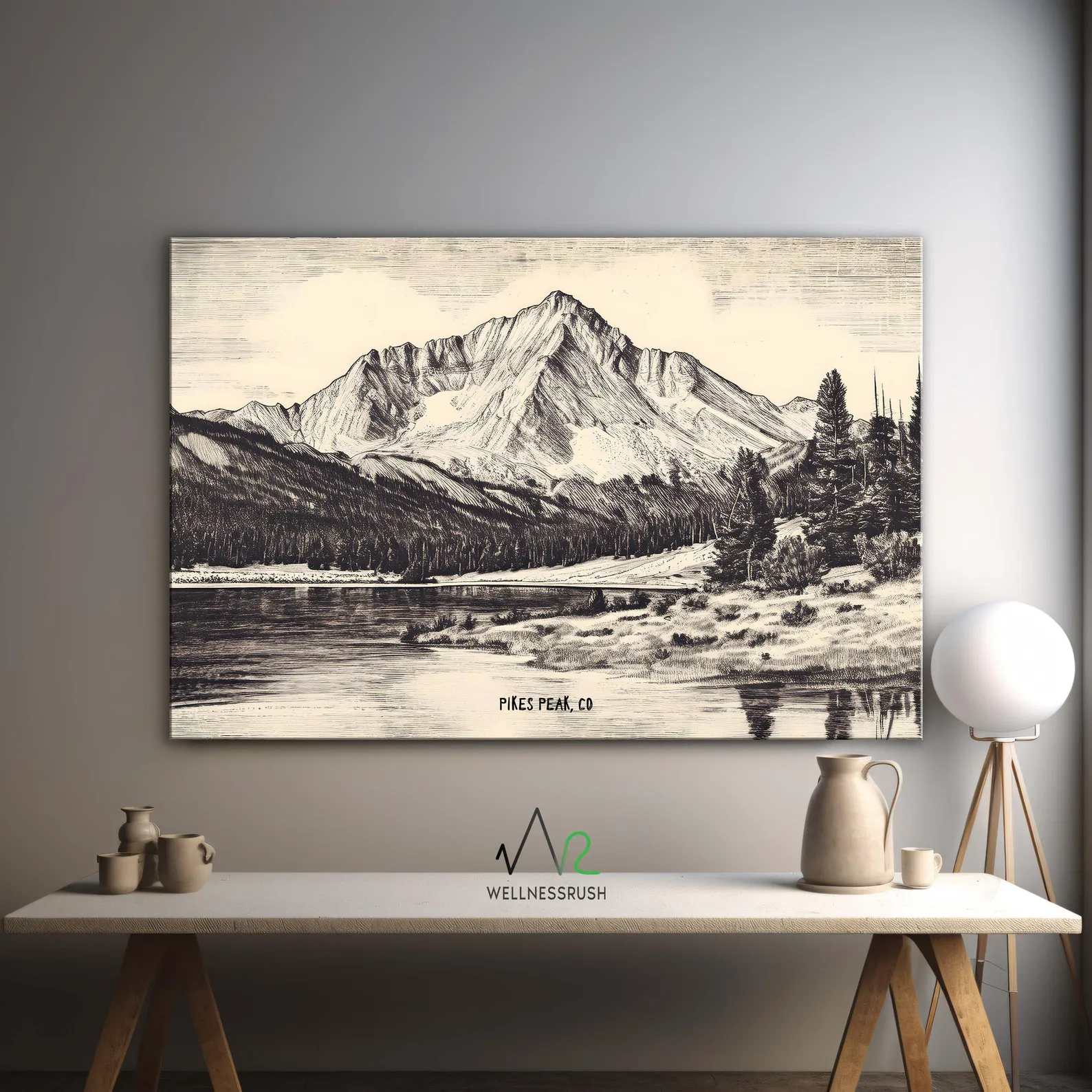Pikes Peak-America's Mountain
Thanks to my boyfriend’s involvement in the racing industry, I had the opportunity to be part of the Pikes Peak International Hill Climb. That experience sparked a deeper curiosity about this natural wonder and its remarkable history. It doesn’t take long to realize that Pikes Peak has long been—and continues to be—a beloved subject of art, literature, adventurous climbs, and countless tourist keepsakes. But how did it come to be known as Pikes Peak in the first place?
Pikes Peak was named after Zebulon Montgomery Pike, an early explorer of the Southwest who first spotted what he called “The Great Peak” in November 1806. Although he attempted to summit the mountain, deep snow forced his party to turn back around the 10,000-foot mark. It wasn’t until 1820 that botanist Edwin James successfully reached the summit, becoming the first recorded person to do so. By the mid-1800s, a well-established trail led to the top, and in 1858, Julia Archibald Holmes became the first woman to make the climb.
Two years ago, I accidentally made a partial move to Colorado Springs. My boyfriend lived there, and as I traveled back and forth to visit him, I eventually found myself living there too. In this unfamiliar state, I wasted no time exploring—learning the streets, uncovering hidden gems, and visiting iconic attractions. From the breathtaking rock formations at Garden of the Gods to the elegance of the Broadmoor Hotel and the charm of Manitou Springs, nothing captivated me quite like the majesty and presence of Pikes Peak.

https://www.etsy.com/listing/1768876932/pikes-peak-colorado-fourteeners-home?

https://www.etsy.com/listing/1620133541/pikes-peak-vintage-souvenir-teacup?
To learn more about Pikes Peak, visit https://www.pikes-peak.com/